
Top-Rated Mirrorless Camera Lenses : A Comprehensive Guide

Top-Rated Mirrorless Camera Lenses : A Comprehensive Guide
A mirrorless lens is the best choice for a mirrorless camera. However, different lenses suit different photography genres. Choosing the right one for your specific needs can be confusing, especially when you are new to the photography game.
Tamron 17-28mm f/2.8 Di III RXD (Sony E)
Best Mirrorless Wide-Angle Lens
See at Walmart
Fujinon XF 8-16mm f/2.8 R LM WR
Best Mirrorless Ultra-Wide-Angle Lens
$1499 at Amazon
Sigma 100-400mm F5-6.3 DG DN OS Contemporary
Best Mirrorless Telephoto Lens
$839 at Amazon
Sony FE 85mm f/1.8
Best Mirrorless Portrait Lens
$598 at Amazon
Fujinon XF 80mm f/2.8 R LM OIS WR Macro
Best Mirrorless Macro Lens
$1199 at Amazon
Choosing the Right Mirrorless Lens for Your Needs
While mirrorless cameras dominate the market nowadays, DSLR lenses are still more abundant due to a longer history. While you can use an adapter to fit your old DSLR lenses onto your mirrorless camera, many would argue that it is better to choose mirrorless-specific lenses. If you’re new to the photography world, then there are some things you should understand before splashing out on mirrorless lenses.
Understanding wide-angle lenses can lead to stunning landscape and architectural images. They are also the best choice for environmental portraits—capturing your subject in their natural surroundings. Wide-angle lenses are usually between 16-35mm for a versatile focal length with an aperture of f/2.8 or wider for flexible depth of field and good low-light performance. Astrophotographers will likely prefer an even faster aperture and a wider field of view. But an ultra-wide-angle lens (10-14mm) also offers more creative options for landscape, architectural, and environmental portrait photography, too.
For capturing fast action shots, such as wildlife or sports events, a telephoto lens is the go-to choice (although not always ). They are typically in the 70-200mm range or even longer (and bulkier) if you prefer. These lenses allow you to zoom in and isolate subjects or capture frozen moments in time with clarity and precision, and optical image stabilization and fast autofocus are essential.
For a portrait, many people like a 50mm lens. However, 85mm is considered the classic focal length because it allows you to shoot without getting too close to your subject, thus allowing your subject to achieve a more natural pose. A wide aperture is essential to capture a shallow depth of field and deliver those bokehs we all love. However, there are other things to consider when looking for a suitable portrait lens.
Macrophotography can get a little more complex , but generally, you’ll want a lens with a maximum magnification of 1:1 or higher. The lens should also offer exceptional sharpness and a close minimum focus distance.
| How Did We Research | ||
|---|---|---|
| Models Evaluated | Hours Researched | Reviews Analyzed |
| 32 | 9 | 17 |
How-To Geek’s product recommendations come from the same team of experts that have helped people fix their gadgets over one billion times. We only recommend the best products based on our research and expertise. We never accept payment to endorse or review a product. Read More »
Best Mirrorless Wide-Angle Lens: Tamron 17-28mm f/2.8 Di III RXD for Sony E Mounts
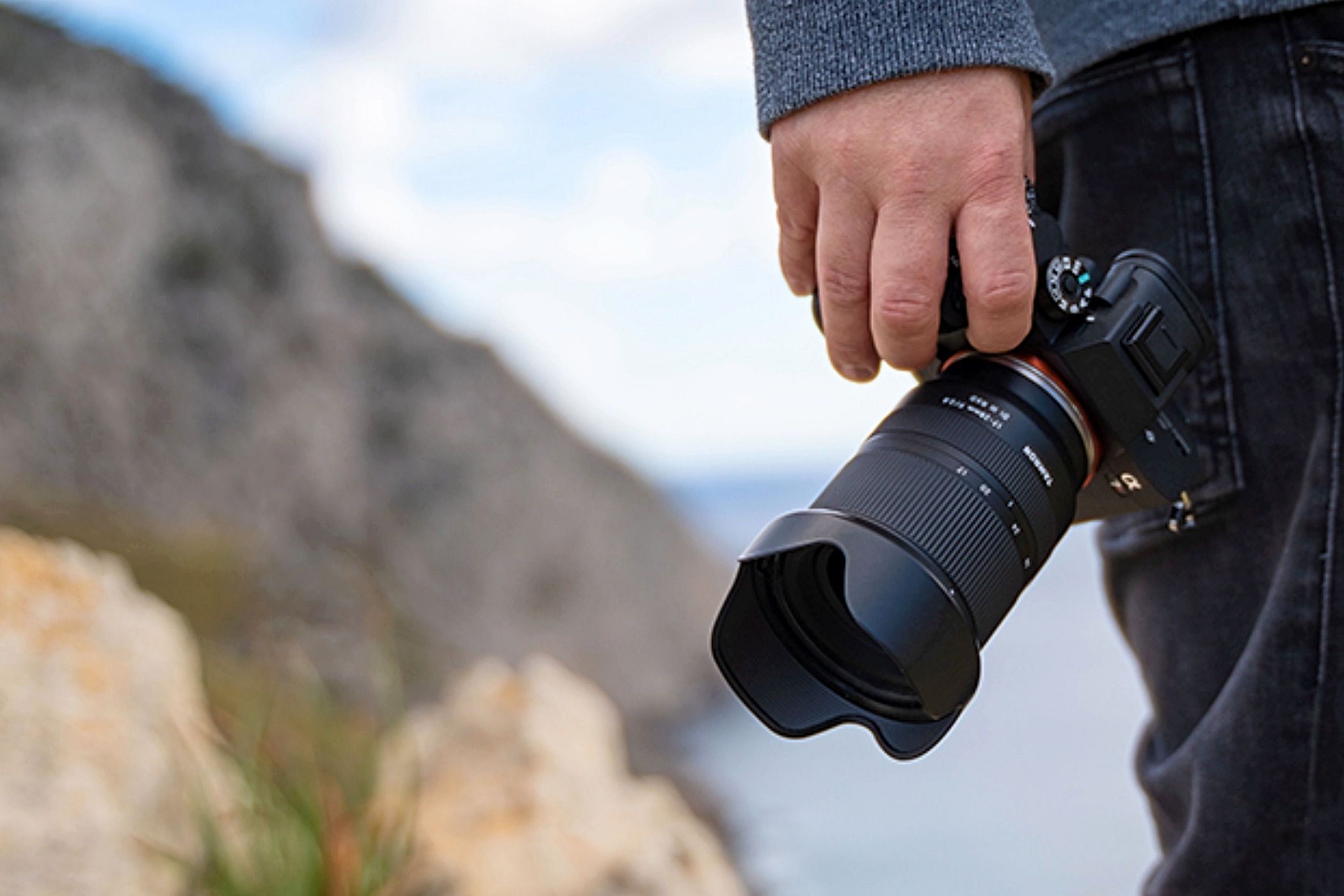
Tamron
| Pros | Cons |
|---|---|
| Affordable | Limited zoom range |
| Lightweight and compact | Autofocus can sometimes miss distant subjects |
| Excellent build quality | |
| Weather-sealed | |
| Fast and silent autofocus | |
| Sharp image quality |
Sony users looking for a cost-saving wide-angle lens that doesn’t compromise on quality should consider the Tamron 17-28mm f/2.8 Di III RXD . Using a third-party lens like this is an excellent way to save money, especially if you are a hobbyist or amateur photographer wincing at the high prices of Sony’s proprietary lenses.
It’s designed specifically for Sony E-mount full-frame cameras and offers a versatile 17-28mm focal range and a constant f/2.8 aperture. Whether you’re shooting sweeping landscapes or intricate architecture, this lens caters to your needs at a much more budget-friendly price than Sony’s own premium-priced models.
The Di III RXD is lighter and more compact than similar lenses, including the top-tier Sony FE 16-35mm F2.8 GM . At just 3.9 x 2.9 inches and a mere 14.8 ounces, the Tamron 17-28mm lens is considerably more portable. The build quality is also good with a polycarbonate construction and rubber control rings. It also sports a minimalist design with minimal branding. To top it off, the lens is fully weather-sealed, and a fluorine coating on the front element ensures the glass is easy to clean.
Thanks to the Rapid eXtra-silent stepping Drive (RXD), the autofocus is as speedy and silent as the name suggests. It also locks on quickly and holds. In addition, you get decent macro capabilities with a close focus distance of 7.5 inches. But, for videographers looking for smooth focus pulling, the resistance of the variable gearing on the focus ring may take some getting used to.
With all that said, this lens’s primary strength is its excellent image quality. Center sharpness is solid across various focal lengths and apertures, especially at wider f/stops. Edge softening is minor and detectable only to the trained eye. Chromatic aberration, distortion, and vignetting are also well controlled. Altogether, it’s an excellent choice for those seeking quality and value.
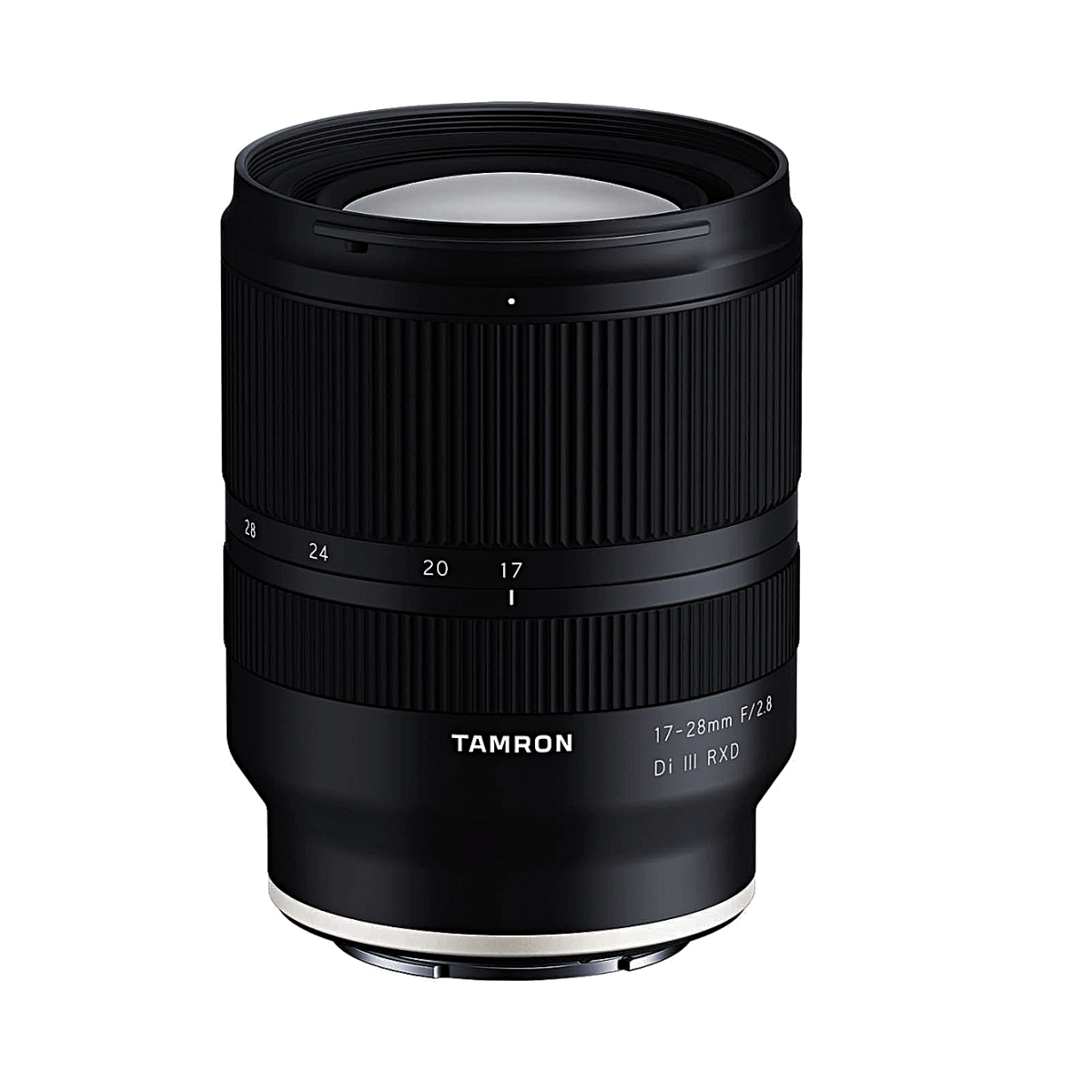

Best Mirrorless Wide-Angle Lens
Tamron 17-28mm f/2.8 Di III RXD (Sony E)
A third party lens like the Tamron 17-28mm f/2.8 Di III RXD can be a great choice if you want quality at a budget-friendly price. It’s a wide-angle lens for Sony E-Mounts and offers excellent image quality, a quality build, and is compact and lightweight.
Best Mirrorless Ultra-Wide-Angle Lens: Fujinon XF 8-16mm f/2.8 R LM WR
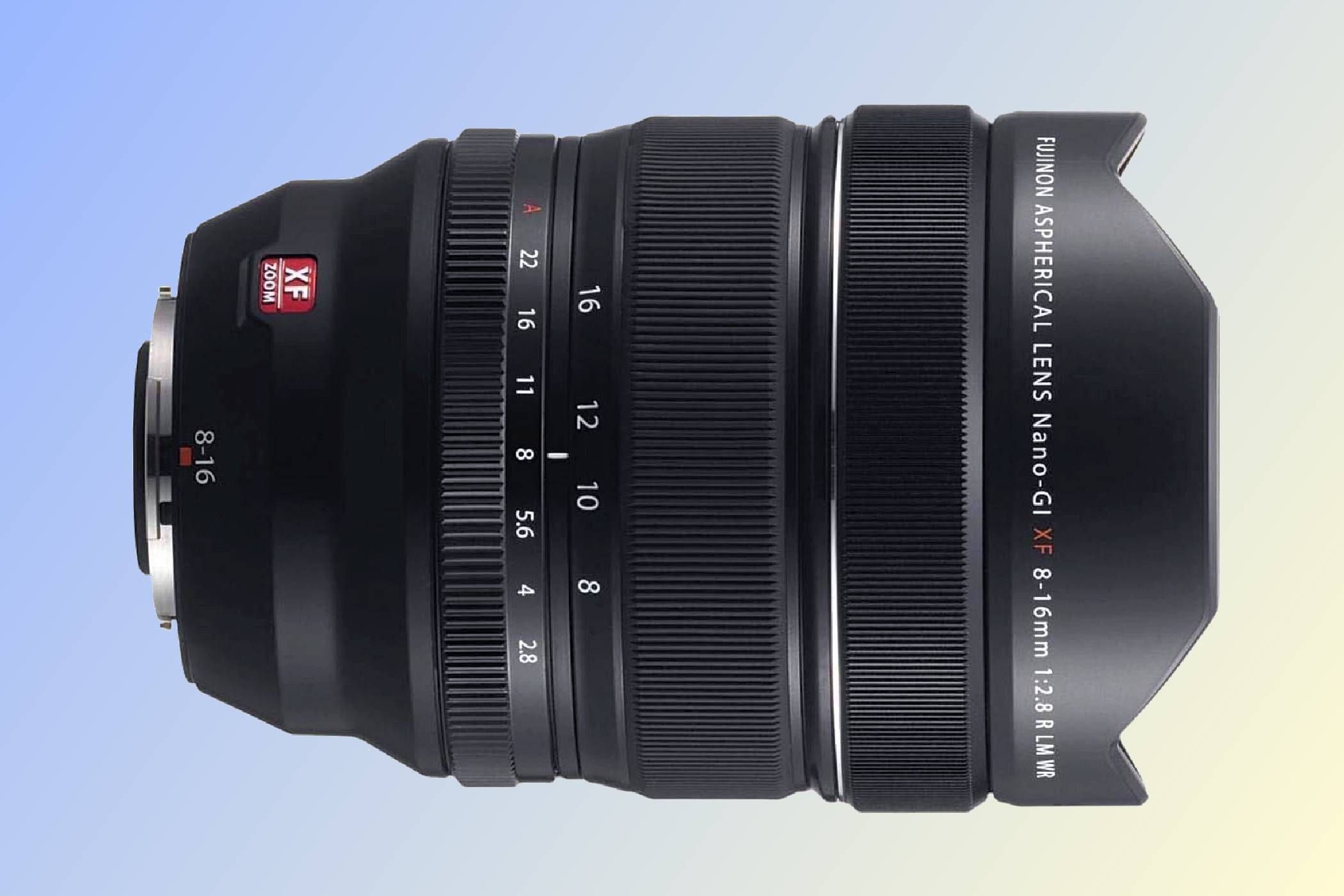
Fujifilm
| Pros | Cons |
|---|---|
| Outstanding image quality | Lack of a filter thread |
| Rugged and weather-sealed | No image stabilization |
| Freezeproof to 14 degrees Fahrenheit | Big and heavy |
| Fast, silent autofocus | On the pricey side |
| Good low-light performance |
Users of Fujifilm X-mount cameras seeking an exceptional ultra-wide-angle lens could do far worse than the Fujinon XF 8-16mm f/2.8 R LM WR . The 8-16mm focal length is equivalent to 12-24mm on a full-frame sensor and captures an expansive field of view. It’s ideal for landscape and architectural photographers who want to go that bit wider, and it’s also ideal for astrophotographers. With its constant f/2.8 aperture, it gives users confidence in challenging light. And, while autofocus may not be the first thing to look for in this type of lens, it is swift and sharp should you want to capture some ultra-wide action.
It’s a rugged, weather-sealed lens that can withstand harsh environments. It functions in freezing temperatures down to 14 degrees Fahrenheit (-10 degrees Celsius), making it perfect for catching frozen nighttime skies. However, all that durability comes at a cost because this lens is neither compact nor lightweight. Weighing in at 1.77 lbs and measuring 3.46 inches in diameter, extended handheld use comes with its challenges. When you couple this with the absence of image stabilization, some photographers may be deterred. This is compounded when you consider many cameras in the Fujifilm range don’t feature in-body stabilization.
However, it is optically where the Fujinon XF 8-16mm truly shines. Its complex design comprising 20 elements in 13 groups, including four aspherical and six ED elements, effectively controls chromatic aberration and distortion. Furthermore, its Nano-GI coating ensures ghosting and flare are kept at bay for pristine clarity in your images. But, in general, the lens delivers impressive sharpness across the frame.
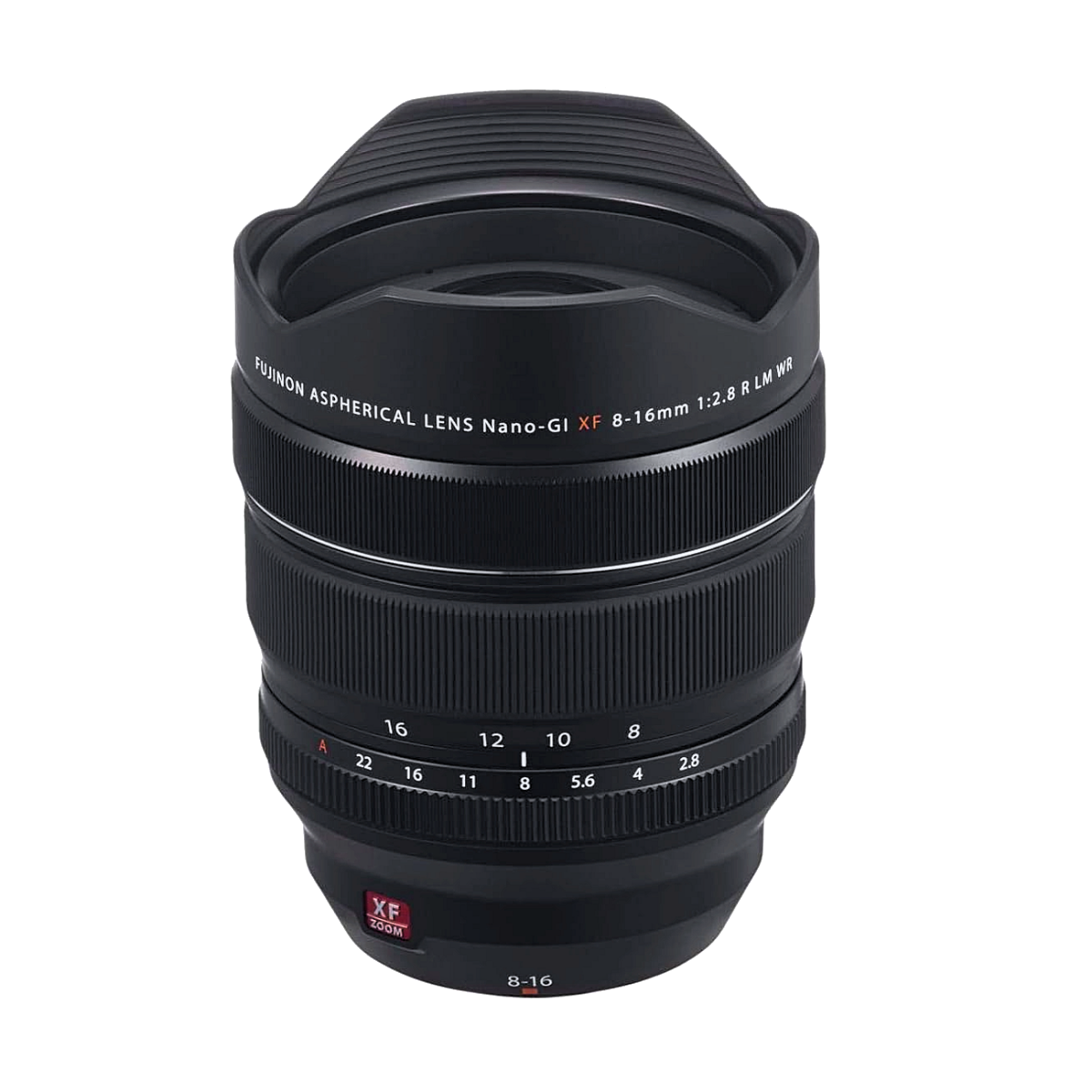

Best Mirrorless Ultra-Wide-Angle Lens
Fujinon XF 8-16mm f/2.8 R LM WR
$1499 $2000 Save $501
The Fujinon XF 8-16mm f/2.8 R LM WR is an exceptional ultra-wide angle lens for Fujifilm X-mounts. It delivers impressive image quality and is a robust, weather-sealed lens suitable for taking to the extremes.
$1499 at Amazon See at Walmart
Best Mirrorless Telephoto Lens: Sigma 100-400mm F5-6.3 DG DN OS Contemporary
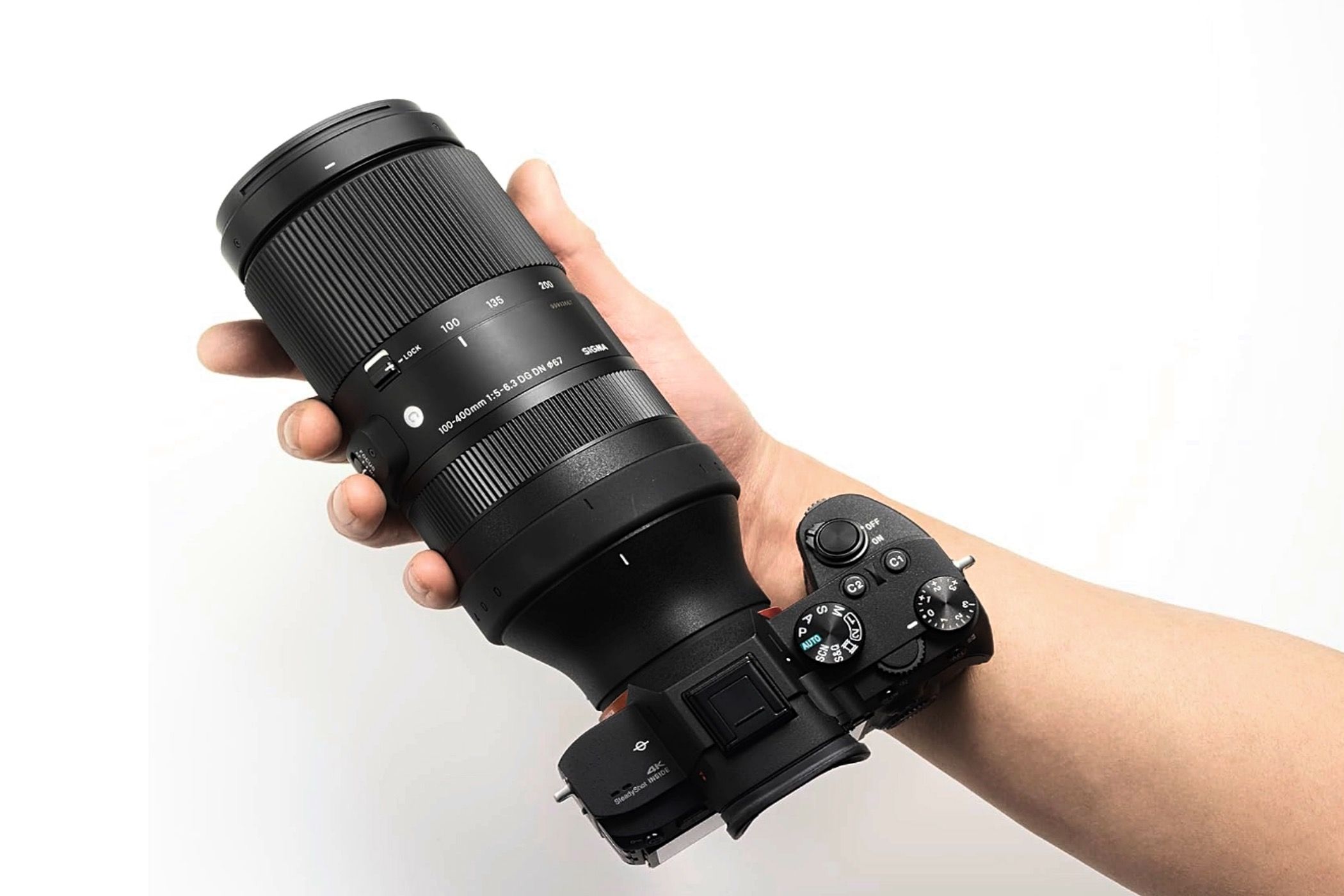
Sigma
| Pros | Cons |
|---|---|
| Excellent image quality | Limited weather-sealing |
| Lightweight and relatively compact | Occasional autofocus inaccuracies |
| Good value | |
| Robust and reliable | |
| Optical image stabilization | |
| Focus limiter and zoom lock |
With a versatile 100mm–400mm focal range, the Sigma 100-400mm F5-6.3 DG DN OS Contemporary lens is ideal for action photography, where you can’t get as close to the subject as you would like. The f/5-6.3 aperture range is typical for a lens of this sort. It’s not particularly wide, but this does contribute to the lens’s lightweight and compact design.
The build consists of polycarbonate and metal to give it durability and longevity. However, at just 2.5lbs (1kg), Sigma has managed to keep the weight surprisingly low. And with its 7.8-inches length (20cm), it is travel-friendly and manageable for extensive shoots. It’s an ideal telephoto lens for packing in a suitcase and taking away on sunny safaris. But, while it does feature a weather-resistant mount gasket, its lack of full weather-sealing means it may not be such a great choice if shooting in harsher climates.
With optical stabilization complementing the in-body stabilization of a compatible camera and a silent, speedy autofocus, this lens has the features to take exceptional action shots. Images are sharp, although some softness may creep in at the extreme ends of the zoom range. It controls chromatic aberrations and distortions very well, and it delivers some dreamy bokeh when required.
There are lenses for L-mounts , Sony E-mounts , and Fujifilm X-mounts . All are affordable, though the Fujifilm X-mount is a bit more expensive. However, if you are a Sony user, a professional, or a keen enthusiast with deep pockets, you may want to consider a flagship lens, such as the Sony FE 100-400mm f/4.5-5.6 GM OSS , for absolute top-tier performance.
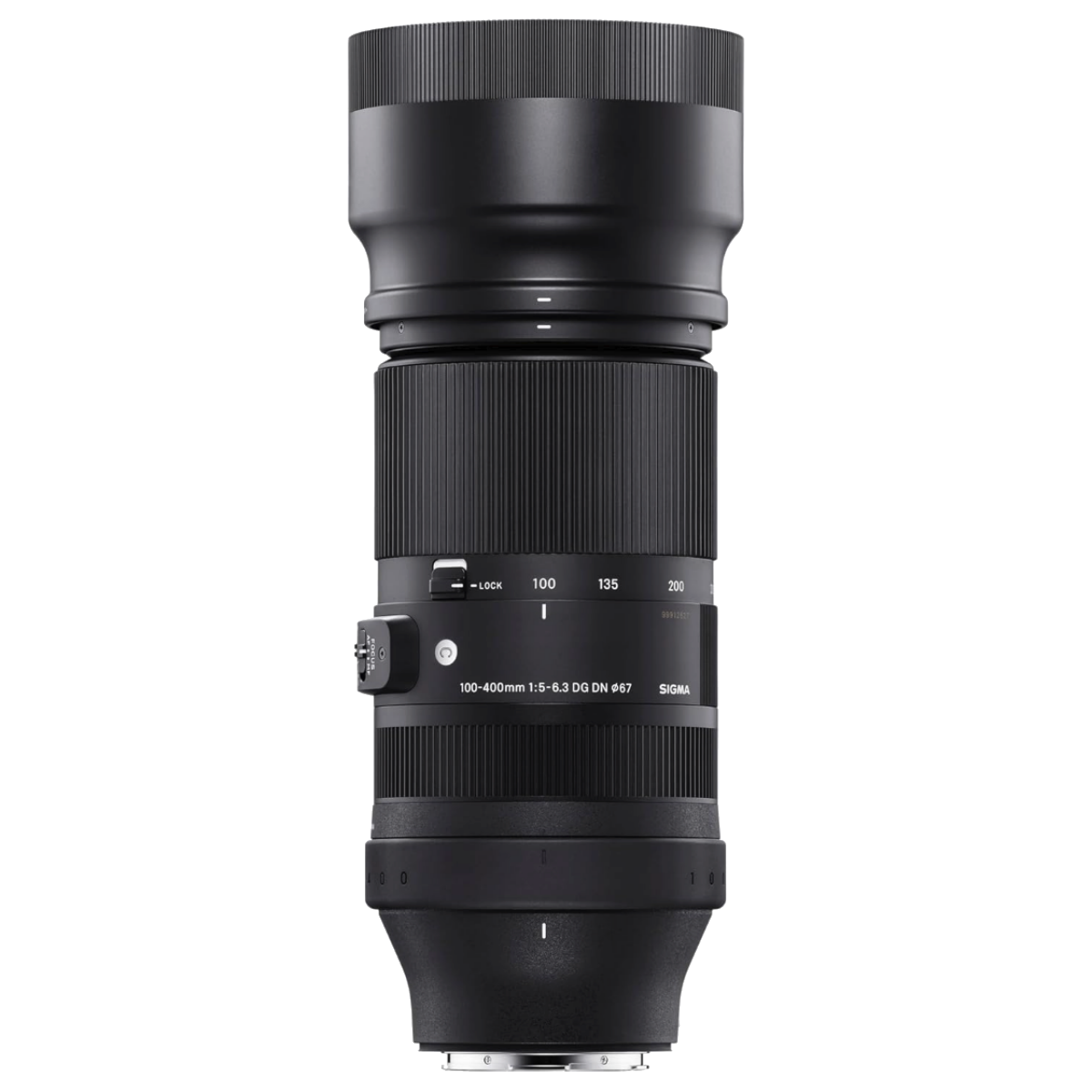

Best Mirrorless Telephoto Lens
Sigma 100-400mm F5-6.3 DG DN OS Contemporary
The Sigma 100-400mm F5-6.3 DG DN OS Contemporary is an excellent telephoto lens ready to snap all the action. Whether it’s capturing stampeding wildlife or fast-paced sport, this lightweight and relatively compact lens is ready to shoot.
Best Mirrorless Portrait Lens: Sony FE 85mm f/1.8
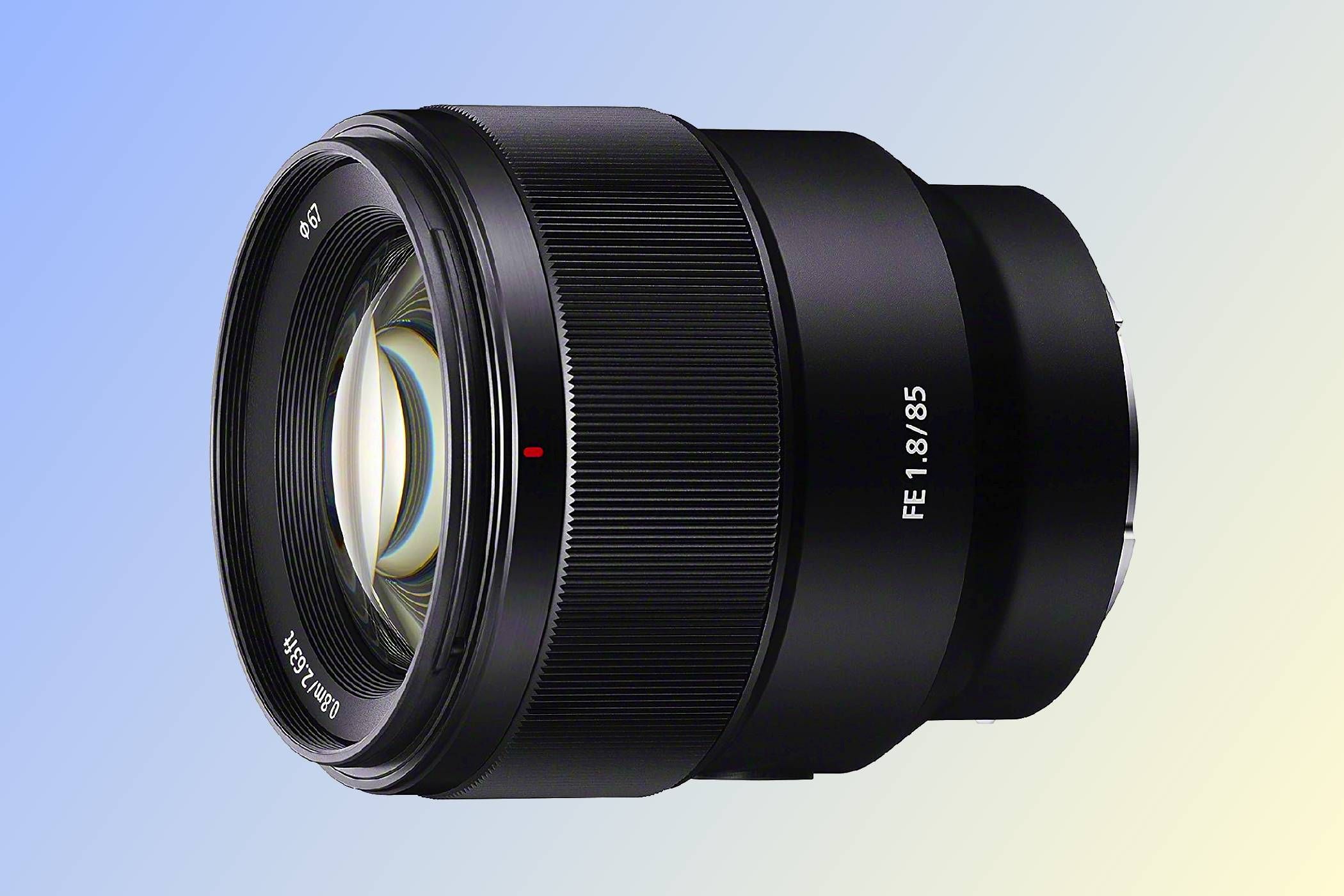
Sony
| Pros | Cons |
|---|---|
| Lightweight and compact | Not 100% dust- and moisture-proof |
| Good value | Aperture may not be fast enough for the best bokeh |
| Fast and accurate autofocus | No optical stabilization (though Sony cameras have it in-body) |
| Excellent image quality |
This affordable lens for Sony full-frame and APS-C mirrorless cameras is highly regarded among portrait photographers for its blend of quality, compact design, and affordability. With an 85mm focal length, the Sony FE 85mm f/1.8 falls into the classic range for shooting portraits. If you want to capture flattering headshots and eye-catching full-body portraits without handing over a small fortune, this is the lens for you.
Its solid yet lightweight and compact design appeals to photographers who shoot for extended sessions or travel a lot between shooting locations. It’s also dust and water-resistant, but the omission of a gasket seal on the mount may raise some concerns about moisture protection when shooting outdoors.
The f/1.8 aperture allows the speedy autofocus to excel in low light. Focusing is accurate, and there’s an AF/MF (autofocus/manual focus) switch for convenience and a customizable focus-hold button that allows users to assign it a more practical function.
The wide aperture also allows for dreamy bokeh, an essential part of today’s portrait photography. It’s not as smooth as an f/1.4 lens, but it’s perfectly fine for most. However, if a wider aperture is essential, the Sigma 85mm F1.4 DG DN for Sony E should meet your needs. This lens is also available for L-mounts . Alternatively, Sony users who aren’t afraid to splash out a little extra could consider the high-end Sony FE 85mm f/1.4 GM , while Fujifilm users can check out the Fujifilm XF 56mm f/1.2 R . This lens is an 85mm full-frame equivalent that, as the name suggests, has a superfast f/1.2 aperture that maintains image quality when fully opened, even in the corners.
However, let’s return to the more affordable Sony FE 85mm f/1.8. Although some color blur and vignetting are apparent, this lens delivers good image quality when wide open. However, this gets better, and images get sharper when stopping down. By f/2.8, image quality has noticeably improved. Flare and ghosting are well controlled, although some mild chromatic aberration is present and easily corrected in post-editing.
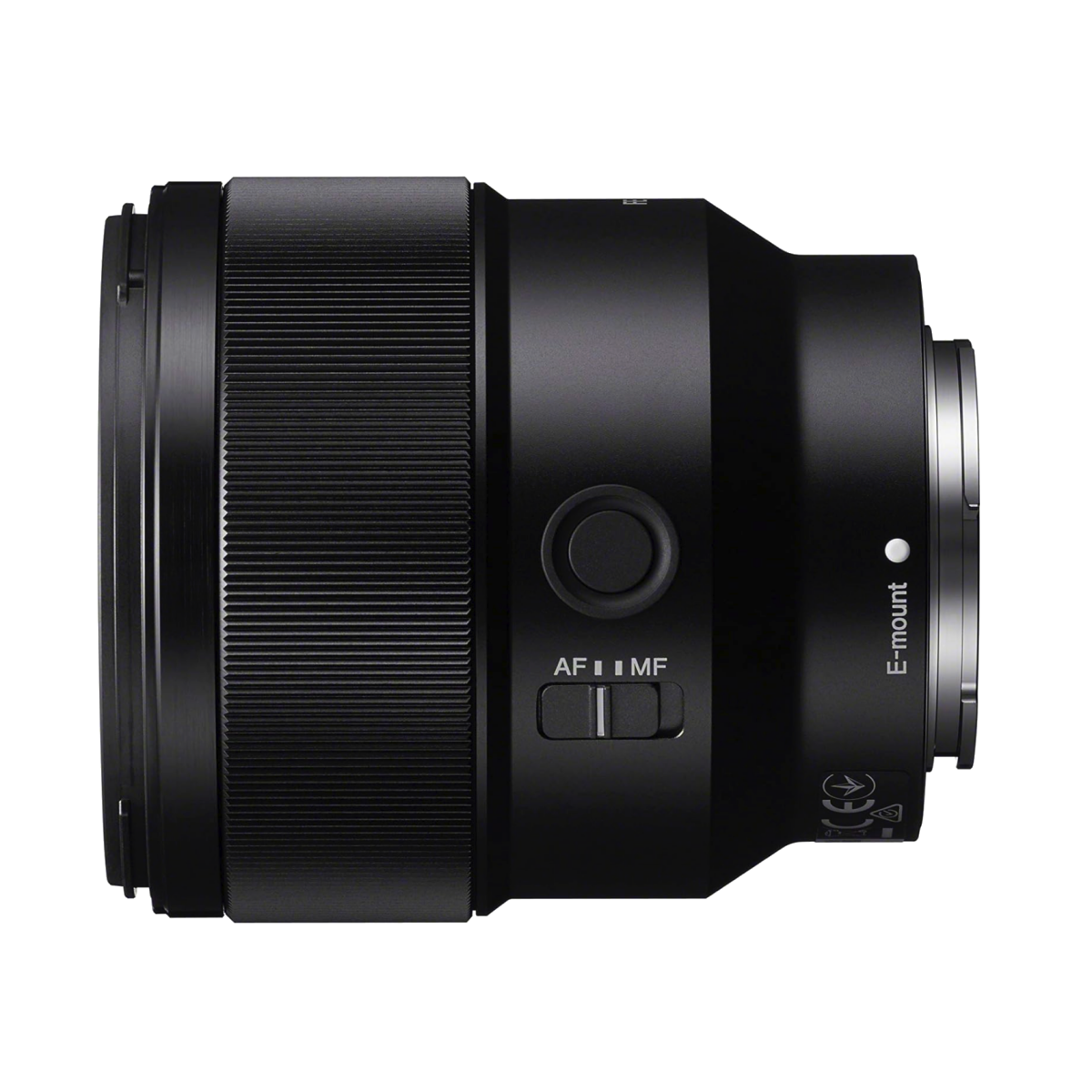

Best Mirrorless Portrait Lens
Sony FE 85mm f/1.8
The Sony FE 85mm f/1.8 is an affordable 85mm lens that’s an excellent choice for portrait photography. It’s light and compact and delivers excellent image quality with pleasing bokeh.
See at Walmart $598 at Amazon See at adorama
Best Mirrorless Macro Lens: Fujinon XF 80mm f/2.8 R LM OIS WR Macro
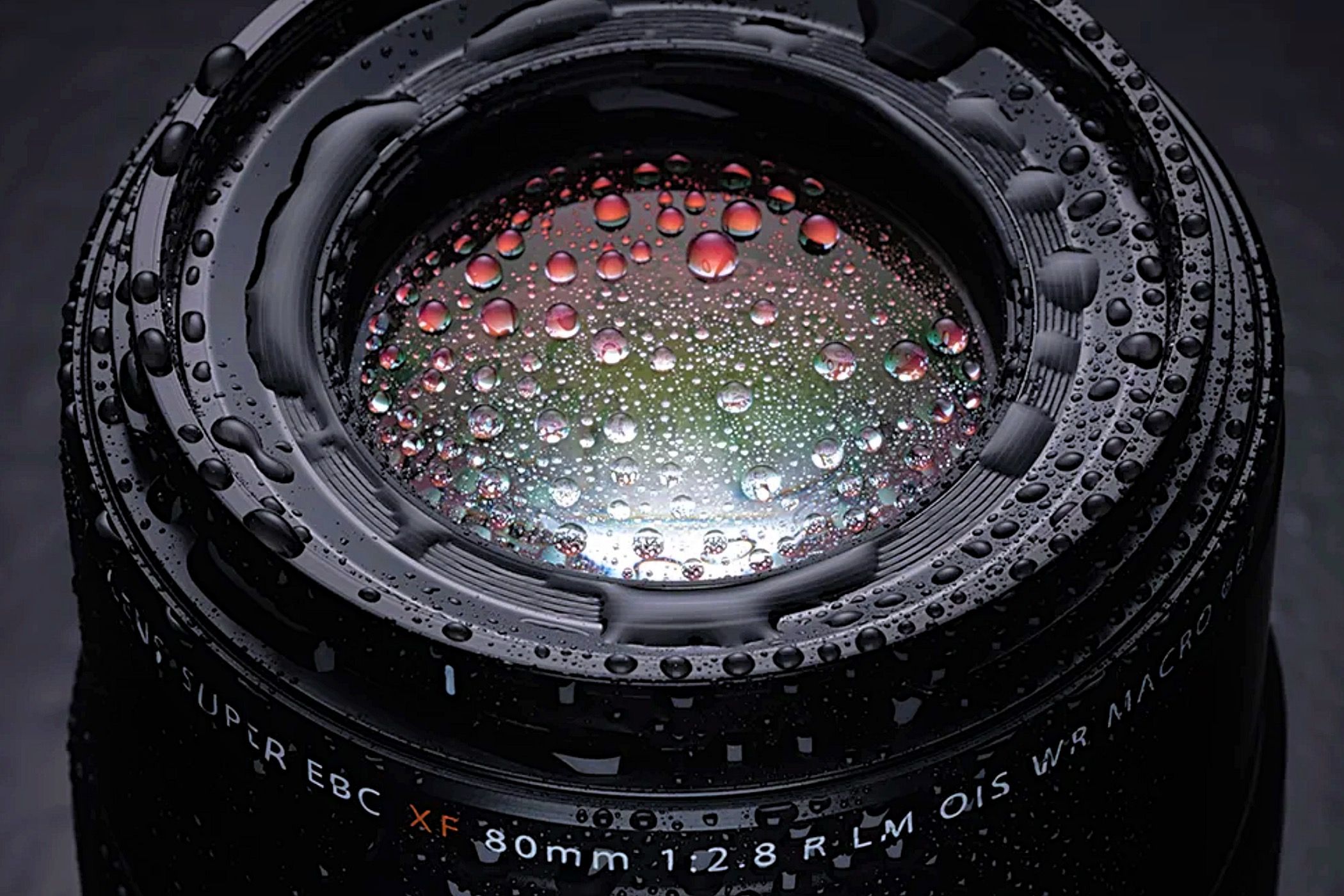
Fujifilm
| Pros | Cons |
|---|---|
| Good image stabilization | Big and heavy |
| Sharp images | Pricey |
| Good focal length for portrait photography | |
| Durable and weather-sealed | |
| Fast autofocus | |
| 1:1 macro magnification |
When shooting close-up images of small subjects, you want the details to be intricate and sharp. Lighting and focus are critical, and the photographer needs patience and precision to achieve the correct sharpness and depth of field. It’s a specialized style that requires a specialized lens. The Fujinon XF 80mm f/2.8 R LM OIS WR is a true 1:1 macro lens for Fujifilm XF mounts.
With this magnification, you can capture intricate details that may not usually be seen by the naked eye. Whether you’re shooting tiny insects or capturing the detail and color inside a flower, this lens lets you get up close and creative. It has a minimum focusing distance of 9.84 inches (25cm) and an aperture range from f/2.8 to f/22. This range provides depth-of-field flexibility and allows you to capture sharp images in various lighting conditions. However, while the bokeh is generally good, some chunkiness may be apparent when the background is busy at wider apertures.
With fast, precise, and silent linear focus motors, the autofocus system is a good performer. With the lens’s optical image stabilization, images are sharp even when shooting handheld. However, it is comparatively large and heavy for a macro lens, so extensive handheld shooting can become uncomfortable after a time. But, with its metal construction, it is robust. And the cherry on top is the weather-sealing protecting against dust and moisture.
The image quality is exceptional. There is minimal chromatic aberration, distortion, and vignetting, and images are sharp across the frame, even with the aperture wide open. Colors are vivid, and the contrast is consistent, regardless of the aperture setting.
However, for a more budget-friendly Fujifilm option, the Fujinon XF 60mm f/2.4 R Macro is a solid choice with sharp, quality images across the board, but the autofocus may be a little sluggish at times. Sony users can opt for the optically excellent Sony FE 50mm f/2.8 Macro , which is also available at a pleasing price. Or you can opt for the Sony FE 90mm f/2.8 Macro G OSS for some top-tier premium performance.
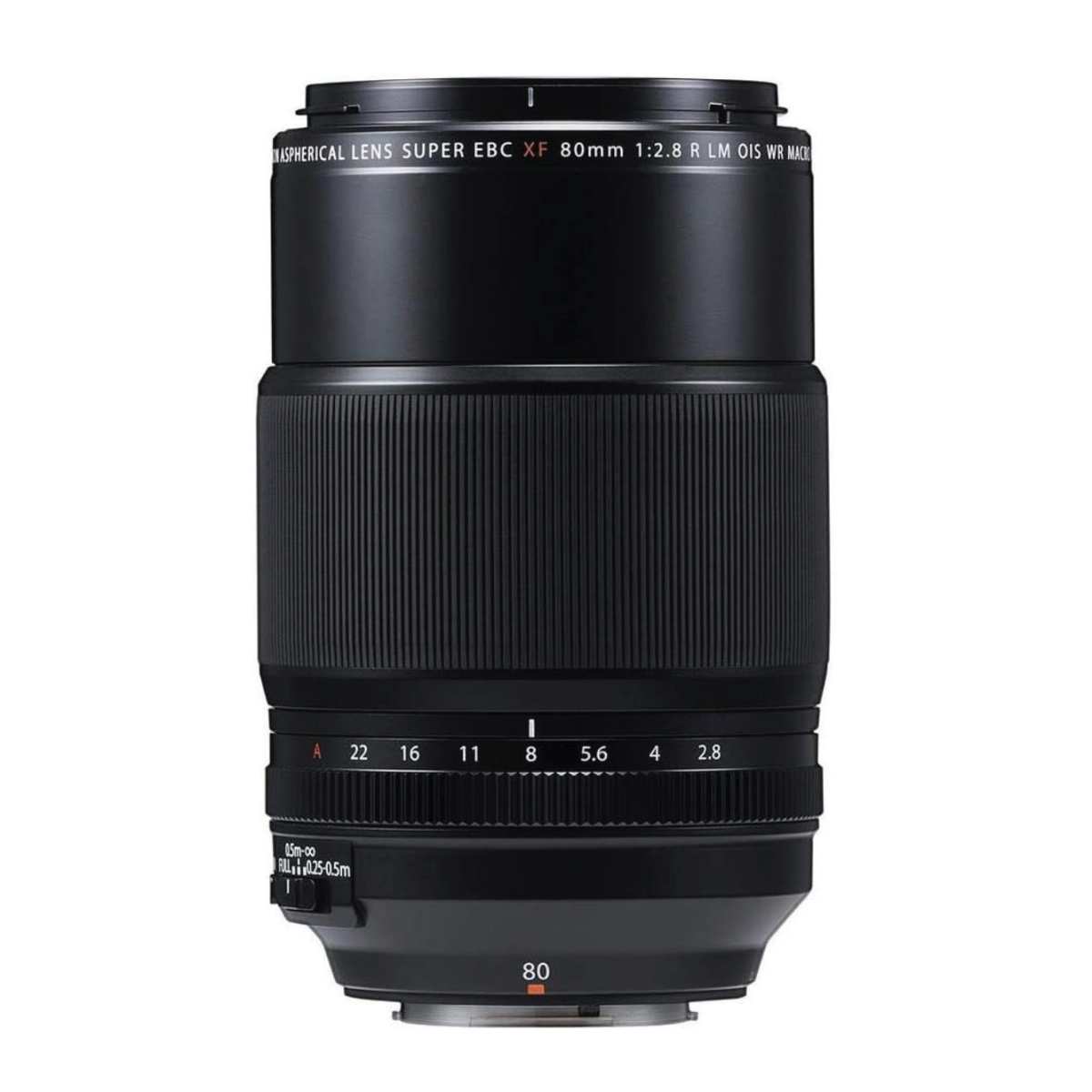

Best Mirrorless Macro Lens
Fujinon XF 80mm f/2.8 R LM OIS WR Macro
The Fujinon XF 80mm f/2.8 R LM OIS WR Macro is the ideal macro lens for Fujifilm X-mounts. It offers sharp images and weather-sealing with a robust build ideal for challenging conditions.
See at Walmart $1199 at Amazon See at adorama
FAQ
Can I use a mirrorless lens with my DSLR camera?
Mirrorless lenses are designed specifically for mirrorless cameras. So, you can’t use them on your old DSLR. However, the good news is your DSLR lenses will fit your mirrorless camera with the correct adapter.
Is there one photography lens I can use for all types of photos?
Even in these technologically advanced times, there is no one-size-fits-all solution. The closest you will get is something like the Sigma 18-300mm F3.5-6.3 DC Macro OS HSM . It can cover a lot of genres, but you do have to suffer some optical trade-offs, especially at the extreme ends of the zoom range.
Professionals and enthusiasts tend to look toward the “Holy Trinity” to cover just about everything they need. The Holy Trinity is a set of three high-quality zoom lenses that cover a wide range of focal lengths. It typically includes a wide-angle zoom, a standard zoom, and a telephoto zoom.
What type of lens should I use for street photography?
A 35mm with a wide aperture is the classic choice. Or you can opt for a wider 24 or 28mm, while others prefer the more compressed perspective the ‘nifty fifty’ 50mm provides. However, budding street photographers have other considerations when hoping to capture some memorable street-life photos.
What type of lens should I use for nature photos?
For sweeping landscapes, you’ll want a wide-angle or even an ultra-wide-angle lens to get everything you want in the frame. However, a standard 24-70mm zoom lens is probably sufficient for capturing landscapes and images where you want some closer detail. But for capturing distant wildlife, you’ll need a good telephoto lens.
Also read:
- [New] Identifying Premium Free Online Tools for Efficient SRT Translations
- [Updated] Unveiling CarryMinati's Channel Economics (Ajey)
- 2024 Approved The Complete Guide to Soundtracking Vimeo Content
- Comprehensive Analysis of the TP-Link AV2000 for Networking: Speed Wins, Style Falls Short
- Exploring Bose QC35 II - Ultimate Quiet Audio Experience
- Feline Film Room: Joyful Animal Watching for All
- Solution Strategies When Team Fortress 2 Won't Boot Up Correctly
- Tailored Solutions for High-Quality IPTV Capture for 2024
- The Ultimate Guide to Choosing an HD TV Antenna: Spotlight on the High-Performance, Stylish ClearStream 2V Model
- Updated Transform Your Clips Time Lapse Video Editing Essentials in Final Cut Pro
- Voice-Activated Strategies: Mastering ChatGPT with Just Five Methods
- Title: Top-Rated Mirrorless Camera Lenses : A Comprehensive Guide
- Author: Eric
- Created at : 2024-11-19 16:05:45
- Updated at : 2024-11-24 20:32:46
- Link: https://buynow-reviews.techidaily.com/top-rated-mirrorless-camera-lenses-a-comprehensive-guide/
- License: This work is licensed under CC BY-NC-SA 4.0.